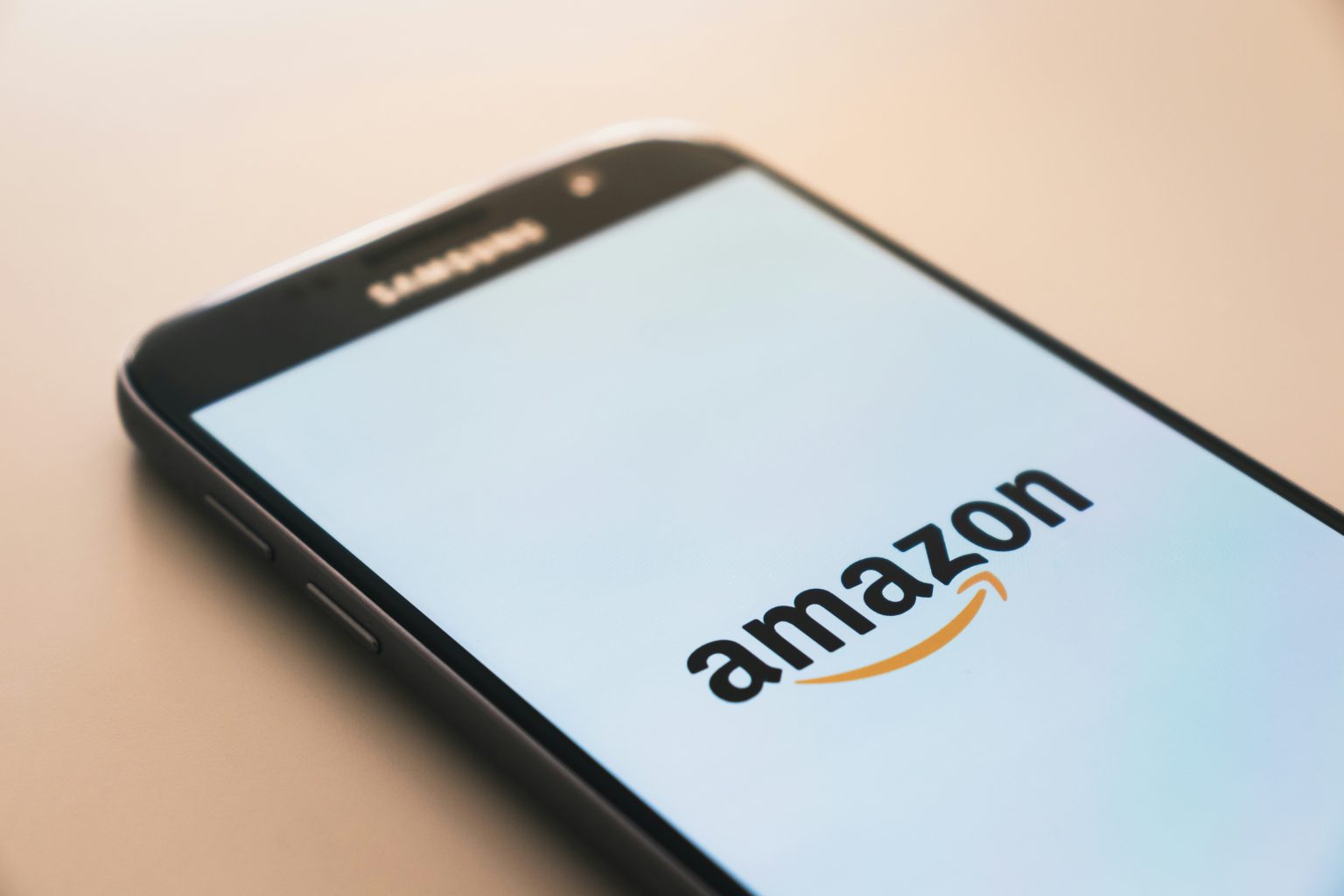Behind the retail giant Amazon is AWS – Amazon Web Services – which is still the most profitable segment of the company. Over time, AWS has acquired millions of unique IP addresses that could be worth millions, if not billions, of dollars.
The IPv4 Protocol
Every computer connected to the internet has its Internet Protocol, or IP, which can be used to identify and locate the device. Every website and online service you know uses these IP addresses, often hosted from servers across the world. Meanwhile, non-website owners are given an IP by their service provider. IP addresses enable the internet and its many services to differentiate between your computer and somebody else’s, playing an essential role in how the web works.
As we continue to use the internet for work and other activities, the demand for IP addresses is only going to increase. Today, we have entire industries like streaming or iGaming that require IP addresses to function. Livestreamed gameshows like Crazy Time live combine those examples, where multiple IP addresses are used to host the website and its content, but every real-time user playing along also has an IP address so they can go online. In the future, when online content gets more sophisticated and interconnected, more IP addresses will be needed.
Fortunately, there is more than enough to go around. There are two IP types that see widespread use today – IPv4 and IPv6. IPv4 is 32-bit, meaning over four billion sites can exist at once before digital real estate starts getting crowded. IPv4 was created in 1982 for the internet’s predecessor – the ARPANET military network. Over a decade later, IPv6 was created in 1998 to accommodate the growing internet. As a 128-bit protocol, it can support 340 undecillion unique addresses (that’s 340 with 36 zeros at the end). Each protocol has its advantages and disadvantages, and they can’t communicate. As a result, many sites still use IPv4 addresses and IPv6 adoption has been sluggish.
Amazon’s IP Stockpile
In 2023, Amazon announced that it will start monetising its stockpile of IPv4 addresses that it had accumulated throughout the years. They are estimated to be sitting on over 100 million of them, with 53 million being in use or already allocated by the company. That leaves 47 million that can be rented out and profited from. In the past, internet infrastructure engineer Andree Toonk has estimated that, assuming $25 (£19) per IP, their stockpile is worth $2.5 billion £1.9 (billion). However, he recently revised those figures in the wake of IP monetisation and inflating prices of addresses over time.
<blockquote class=”twitter-tweet”><p lang=”en” dir=”ltr”>📢 Tomorrow, the AWS IPv4 rental charge will kick in at $43 per year per IP. In this blog, I dig deeper and estimate this new charge will make AWS $𝟰𝟬𝟬 𝗠𝗶𝗹𝗹𝗶𝗼𝗻 𝘁𝗼 $𝟭 𝗕𝗶𝗹𝗹𝗶𝗼𝗻 𝗲𝘅𝘁𝗿𝗮 𝗮 𝘆𝗲𝗮𝗿!<br><br>We also cover a few other observations, including:<br>‣ Did you…</p>— Andree Toonk (@atoonk) <a href=”https://twitter.com/atoonk/status/1752716452367622296?ref_src=twsrc%5Etfw”>January 31, 2024</a></blockquote> <script async src=”https://platform.twitter.com/widgets.js” charset=”utf-8″></script>
At approximately $43 (£34) annually, AWS’ IPv4 stockpile could bring in an extra $1 billion (£791 million) in revenue every year, and that’s just the conservative estimate. To get people on board, they also announced a free 750 hours of IPv4 usage. In broad terms, this means the first year is free for those paying for IPv4.
While it’s a savvy business decision to start charging for public IPv4s that AWS owns but isn’t using, others have pointed out that this could incentivise a switch to IPv6. IPv6 adoption has been increasing slowly but steadily since 2010. If it makes more economic sense to set up IPv6 over v4, many individual webmasters and small online business owners are likely to make the switch. For those who can foot the bill, however, it’s unlikely to change their engagement with IPv4 for the foreseeable future.



